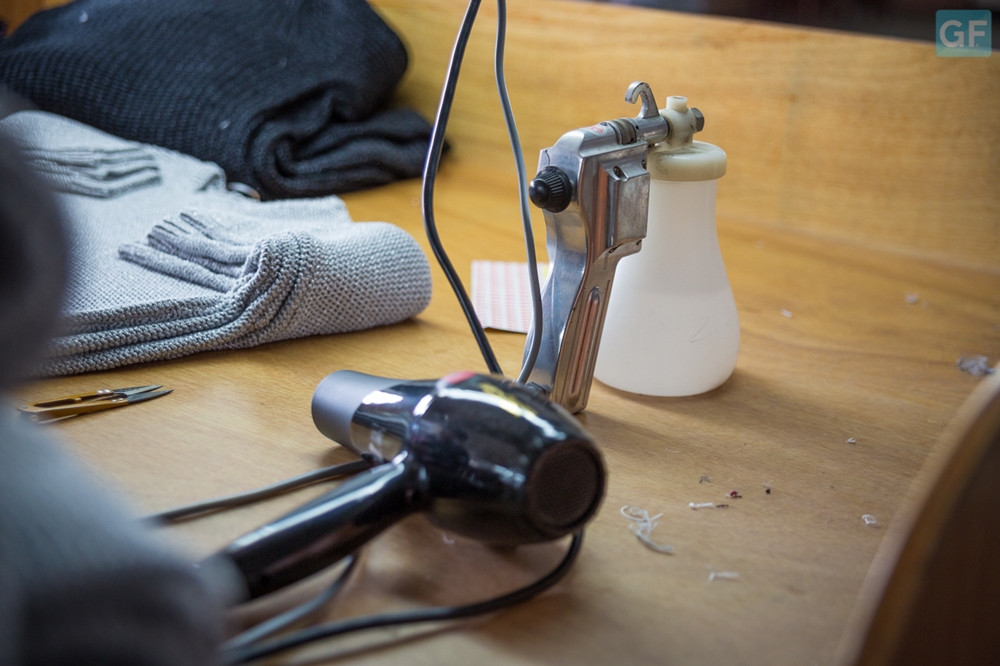
Fast fashion and the production in proximity.
One of the consequences of the global textile industry phenomenon known as fast fashion –mass production of clothes, swiftly and with high rotation of collections—is the production in proximity of large fashion hubs around the world.
In this context, European countries’ hope to relocate the Asian texture manufacturing within the old continent was just that: mere hope. The social, cost and demographic situation did not make it possible to recover the pre-globalization industrial structure. But just as there are losers, there are also winners: this scenario –with a need to manufacture in close proximity—was magnificently exploited by Portugal and Turkey in Europe and by Morocco in Africa.
Less in China. More in the proximity.
With the textile companies and fashion brands’ focus on producing short series of trendy models at ultra-fast speeds, along with the rise of costs in China, these three countries have steadily increased their volume of production since the last great economic crisis up to the present.
Since Turkey has a highly technological textile industry that is above all vertical –it produces raw materials and performs all processes up to the finished product—it was able to get ahead of its competitors, Morocco and Portugal.
It is so important for large companies and brands in the sector to count on providers who offer the whole chain of value that Morocco has taken notice and they are working to create a model that delivers the final product as “turnkey”.
In this situation, it appears that the relationship with the suppliers and the long-term business plan gain extraordinary significance in order to react quickly and efficiently to the constant manufacturing demands of brands.
There must always be space available in production lines for fast fashion orders that require expediency and very short pre-production processes.
In turn, this agile, versatile, dynamic and reactive model has transcended and it has instilled these characteristics into the structure and management of raw material providers. They have had to add to the product itself –fabrics, beads, accessories, etc.—the service of speedy delivery by keeping a permanent stock.
Latin American fashion providers.
Latin American textile producing countries should analyze this successful system and replicate it in order to become the providers of regional fast fashion.
Part of the formula is to add value to the supply chain by building an industry as vertical as possible and offering, in addition to the product, the services of design, collection creation, trend reports, etc.
The opportunity is there, it is only a question of who picks up the gauntlet and takes the lead at full speed, just as required by fast fashion.
Article originally published in Perú Retail
Article reproduced in American Retail












































